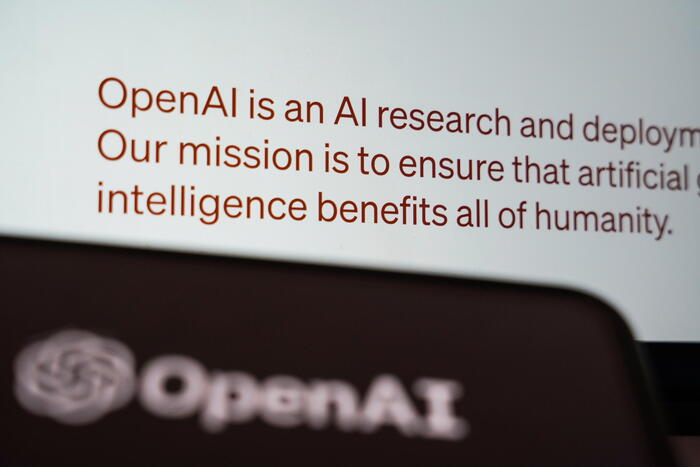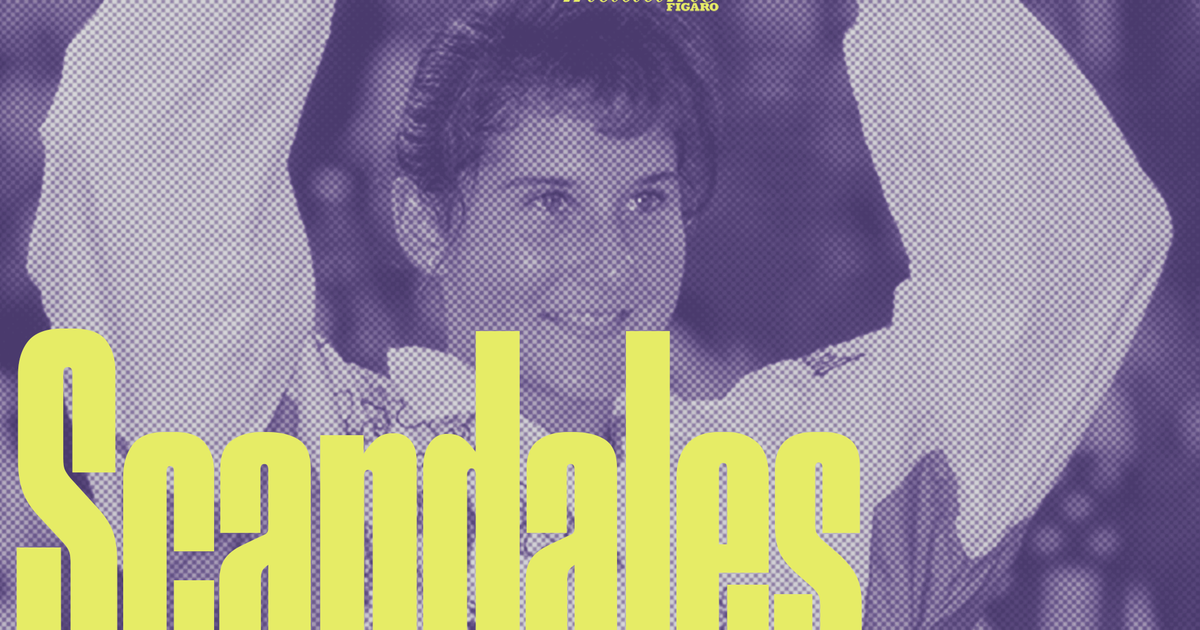Enlarge image
(Human-written) scene from »Stargate«
Photo: dpa
Samantha Carter of the United States Air Force struggles through the undergrowth.
She looks at the beeping scanner in her hand.
Suddenly, an ape-like creature with razor-sharp teeth breaks through the brush and attacks.
Carter rolls over and runs.
But the creature grabs the researcher, buries her under it and swings out to strike.
The situation seems hopeless.
Then a shrill scream is heard.
A creature with blue wings flies in and sweeps the monkey creature away.
Carter is saved.
This scene could have come from the cult series »Stargate« from the nineties.
However, the idea did not come from the pen of a screenwriter, but from software.
Developers of the so-called artificial intelligence (AI) called "Stargate AI 2.0" only specified the title of the scene and one or two sentences.
The rest comes from their artificial neural networks.
The online fan portal »The Companion« broadcast five short scenes from the AI script on Saturday.
Some actors from the original series participated and read the script at a Zoom meeting.
In addition to Amanda Tapping as Samantha Carter, actor Richard Dean Anderson, who slipped back into the role of Jack O'Neill from »Stargate«, also switched on.
AI invents aliens with yellow glowing eyes
In places, the result is amazing.
The AI describes the scenes in detail, gives stage directions, keeps changing locations, jumps back and forth between jungle planets and spaceship bridges.
The program explains the appearance of alien creatures precisely with descriptions such as blue plumage, yellow glowing eyes and a snake-like grin.
The short stories develop.
Even the dialogues are computer generated.
The characters respond to questions from their teammates and talk about what's around them.
Sometimes there are even hints of humor.
In one scene, for example, the crew is standing in front of a portal.
Under a Stargate control portal overgrown by vines is a device to which several cables are plugged.
Everyone is wondering what this is about.
Jack O'Neill keeps repeating, "It looks like a bomb." The crew doubts it and disagrees.
After all, there were no chemicals or explosive devices to be seen.
But then an older Jack O'Neill arrives from the future and tells the team that there will be a big explosion.
Present-day O'Neill comments, "I told you it was a bomb."
In some places, however, it also becomes absurd.
A description of the scene says, for example: "You hear a scream from the right, but you hear nothing." It is also curious that the AI picks Earth of all places as the home planet of self-invented aliens.
At one point Richard Dean Anderson even has to pass.
"I just don't understand that line," he says.
The actor hesitates briefly, but then continues to play his role.
"Stargate" producer had idea for AI experiment
The project was launched by Canadian series author Brad Wright, who was involved as a writer and executive producer on almost all "Stargate" episodes around 25 years ago.
In June last year, Wright first shared the idea with his followers.
He tweeted: "Fun experiment: could world-class AI write a Stargate script interesting enough for the show's stars to reunite?"
Could I put myself out of a job?”
He received support from Laurence Moroney, who heads up AI development at Google.
Moroney explained to the tech portal "Venturebeat" that various AI tools made the script possible: the dialogues were created with the translation AI Transformer, for example.
The program was reversed for this: It did not spit out words in another language, instead it answered a previously fed question from a crew member.
And a so-called Universal Sentence Encoder ensured that the software recognized semantic connections and was able to design the dialogues continuously.
Lined with hundreds of "Stargate" episodes
The advantage for the developers: there was plenty of material for training.
Google fed its machine learning model the scripts of more than 190 Stargate episodes of the original series »SG-1«, 100 episodes of the spin-off »Atlantis« and 40 episodes of »Universe«.
The software learned from the processes whether the film characters reacted more with humour, finesse or violence.
The first script was finished in November.
But this attempt failed.
While that was fun, Brad Wright wrote on Twitter, there was still too much nonsense in the script.
At that time, the AI stringed together words that resulted in pure gibberish.
It was then completely revised again.
At least most of the sentences now make sense.
more on the subject
Supercomputer completes legendary 10th symphony: Can a computer do what Beethoven could?By Johann Grolle
But even with the new version »Stargate AI Version 2.0«, screenwriters don't have to worry about their jobs.
The experiment joins the ranks of entertaining creative AIs that have been used to create works of art, invent jokes and compose music in the style of Beethoven.
The screenplay fragments are far from being filmed as a series.
The stories are too simple for that and nothing more than a finger exercise for professional authors.
Or they're just too weird - like 2016's »Sunspring«, a sci-fi short whose dialogue and stage directions were also AI-generated.
But the technology is far from exhausted.
The actors were surprised by the fact that the result had improved so much in just a few months.
"So far, a lot has been held together with spit and tape," says Laurence Moroney in the video when asked what percentage the capacity of the AI currently stands at.
"I think we can go much further."








